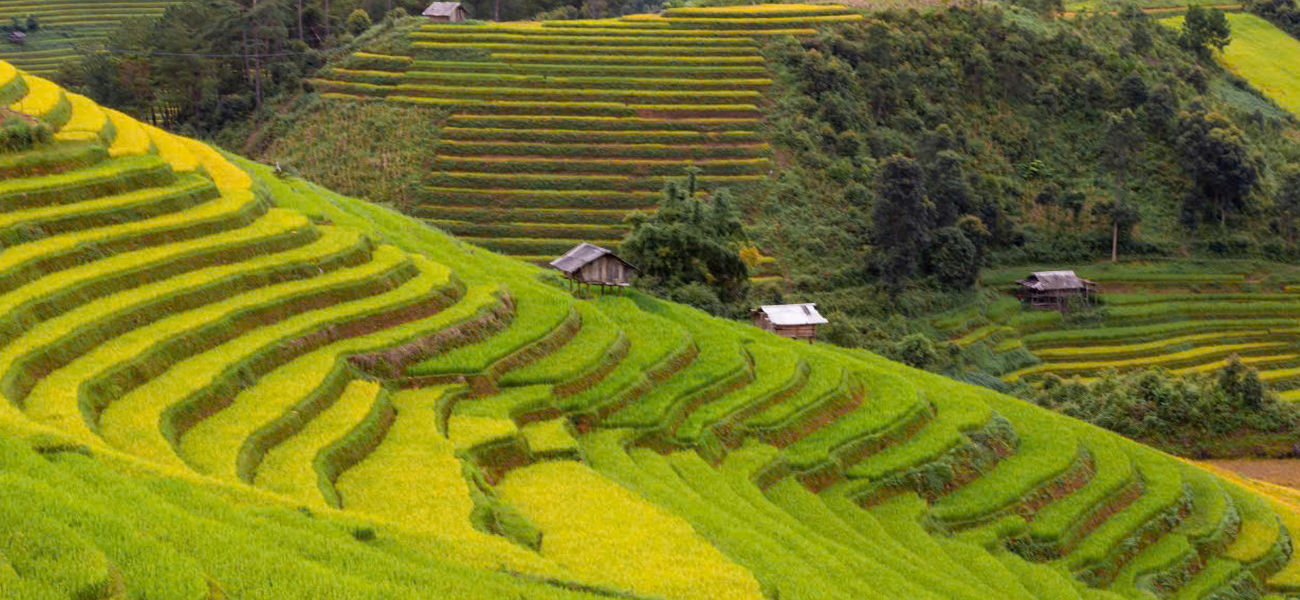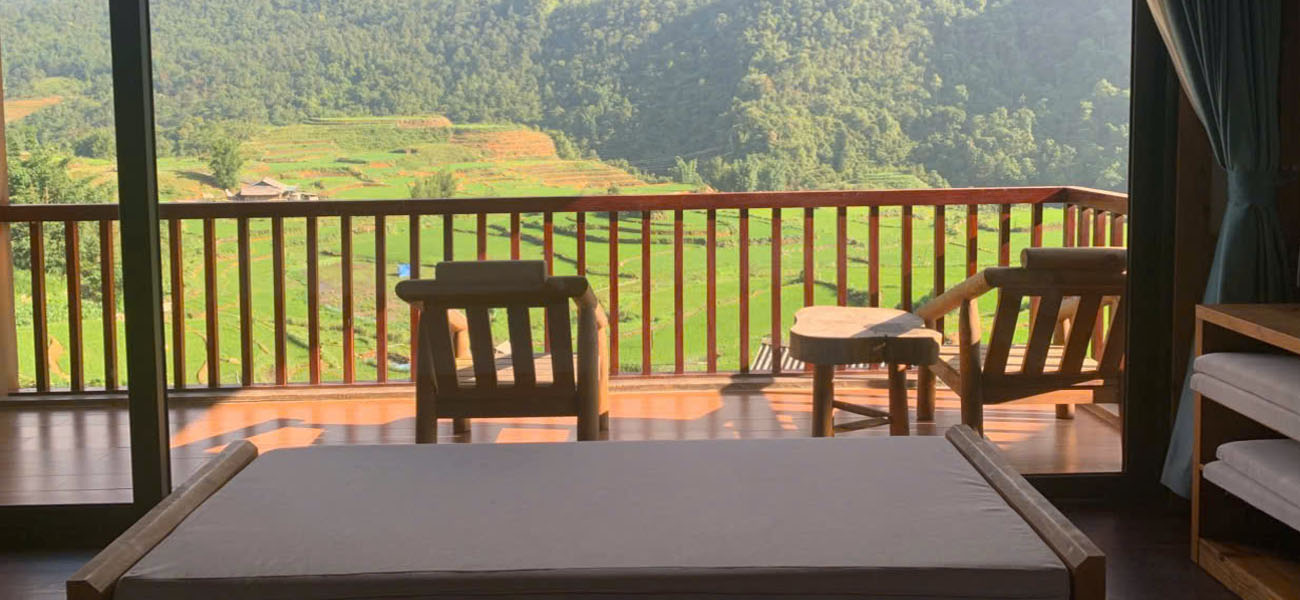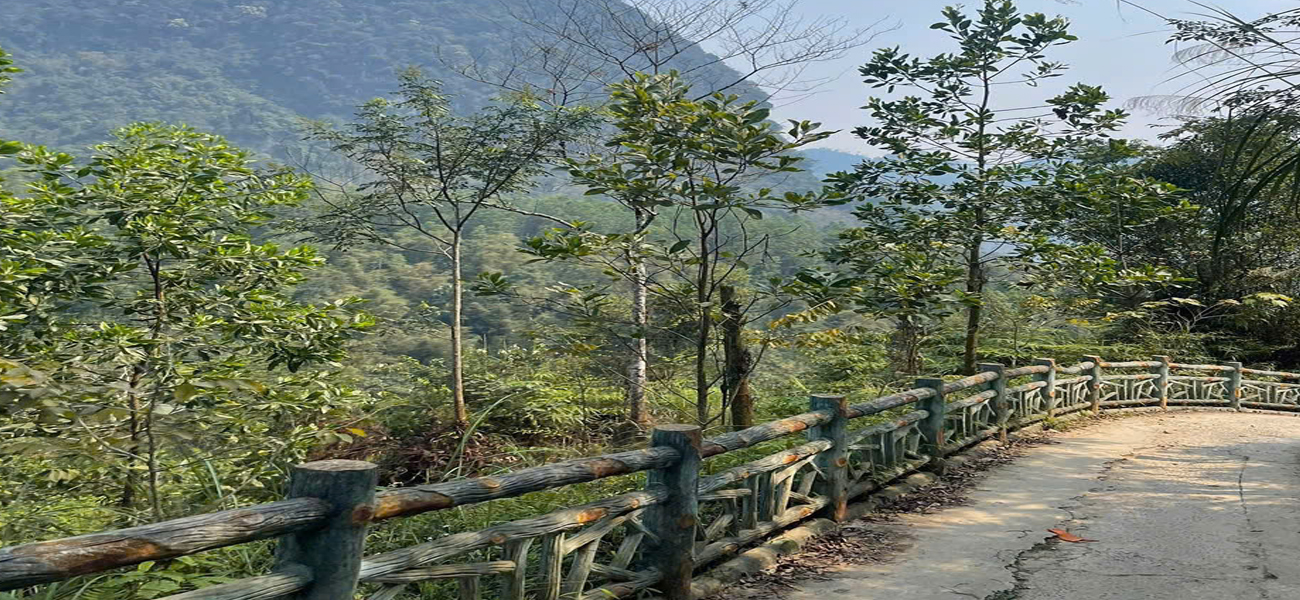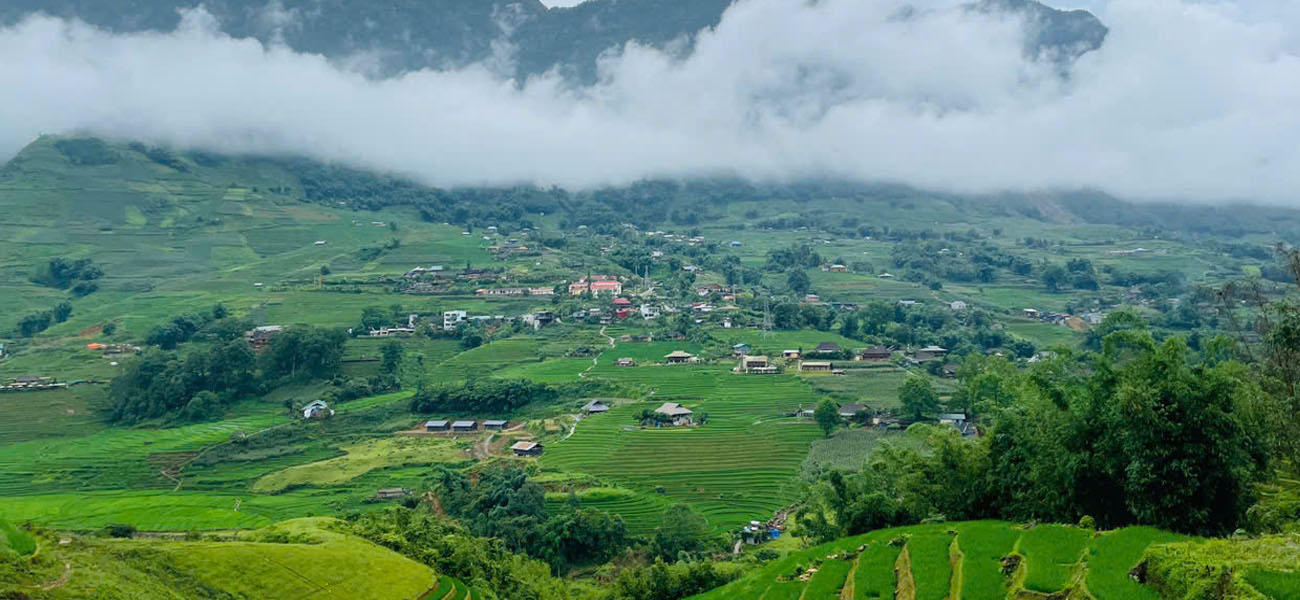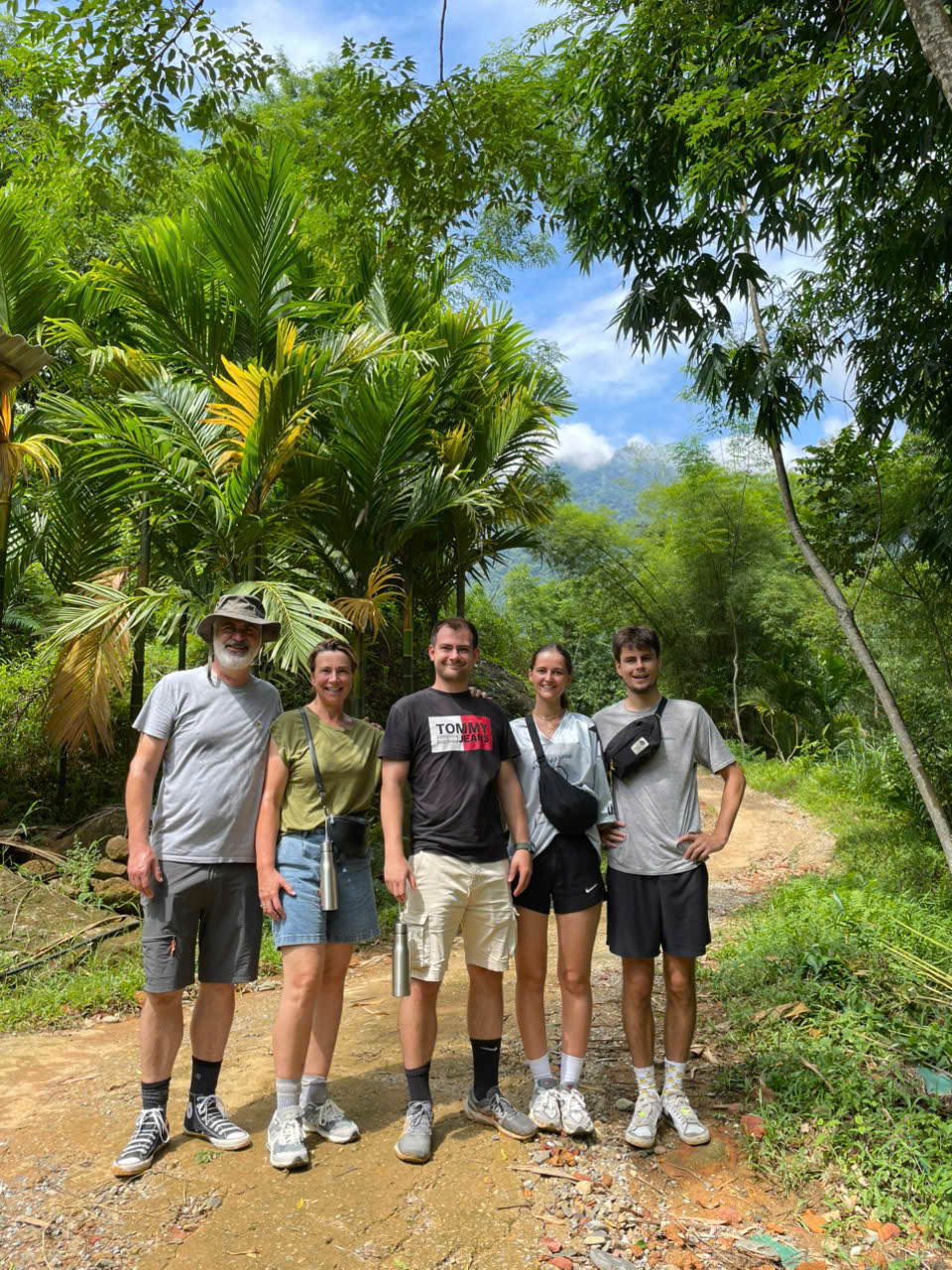Northwest Vietnam: A Journey Through Terraced Fields and Vibrant Festivals
Tucked away in the remote highlands of northern Vietnam lies a land of awe-inspiring landscapes, rich ethnic cultures, and time-honored traditions.
The Northwest region, home to destinations like Mu Cang Chai, Sapa, Lai Chau, and Dien Bien, offers a truly unforgettable journey – especially during the rice harvest season and colorful ethnic festivals.
- The Magic of Terraced Rice Fields
From late September to early October, the Northwest transforms into a golden paradise. Towering mountains are carved into intricate terraced rice fields that shimmer in the sunlight. Places like Mu Cang Chai, Y Ty, and Hoang Su Phi become a photographer’s dream.
Walking along these terraces, you’ll not only admire the stunning scenery but also witness the ingenuity of ethnic communities – primarily the Hmong and Dao – who have farmed these steep hillsides for centuries without modern machinery.
- Top places to admire rice terraces:
- Mu Cang Chai (Yen Bai): Iconic and less commercial than Sapa. Best in late September.
- Y Ty (Lao Cai): More remote, with dramatic landscapes and cloud-hugging peaks.
- Hoang Su Phi (Ha Giang): Off the beaten path, known for majestic curves and ancient villages.
- Authentic Cultural Encounters & Ethnic Festivals
The Northwest is a mosaic of over 20 ethnic minority groups, each with its unique language, costume, and customs. One of the best ways to experience their culture is through local festivals — vibrant gatherings filled with music, dance, and traditional rituals.
- Don’t miss:
- Gau Tao Festival (Hmong people): Held in January or February to pray for health and prosperity.
- Long Tong Festival (Tay people): A “field ceremony” to bless crops, typically held in spring.
- Khau Vai Love Market (Ha Giang): A one-of-a-kind festival in April where former lovers reunite for a day.
Visitors can participate in folk games, taste home-brewed corn wine, and watch traditional performances such as khèn (bamboo flute) dancing or xòe Thái, a graceful circle dance by the Thai ethnic group.
- Hiking and Homestay Adventures
Trekking in the Northwest is not just a physical experience – it’s a cultural immersion. Trails lead through misty mountains, bamboo forests, and peaceful valleys dotted with stilt houses. Many travelers choose homestays in ethnic villages for a more intimate look into daily life.
- Trekking areas recommendation:
- Sapa – Lao Chai – Ta Van: Scenic and suitable for beginners.
- Mu Cang Chai – La Pan Tan – Che Cu Nha: Moderate treks with panoramic views.
- Pu Luong Nature Reserve (bordering the Northwest): Ideal for nature lovers.
At night, you’ll sit around a fire with your hosts, share sticky rice and smoked buffalo meat, and perhaps join in a local dance.
- Practical Travel Tips
- Best time to visit: September–October (harvest season), March–April (spring festivals), or December–January for cool weather and plum blossoms.
- Getting there: Buses or private cars from Hanoi. Roads are winding but scenic.
- What to pack: Hiking shoes, warm clothes (especially in winter), rain jacket, and a respectful attitude.
- Local dishes to try: Grilled stream fish, five-color sticky rice, thắng cố (ethnic-style stew), and corn wine.
- Why Choose a Guided Tour?
While it’s possible to travel independently, a guided tour brings deeper understanding and smoother logistics – especially in remote areas where English is rarely spoken. With an experienced tour guide, you’ll gain insights into local customs, connect with villagers, and discover hidden gems not found in guidebooks.
As someone who has led hundreds of travelers through the mountains of Northwest Vietnam, I know the region’s rhythms, stories, and secret trails. Let me guide you on a journey of discovery – where nature, culture, and human resilience come together in harmony.
Let’s plan your unforgettable adventure to the Northwest – where every step tells a story.



